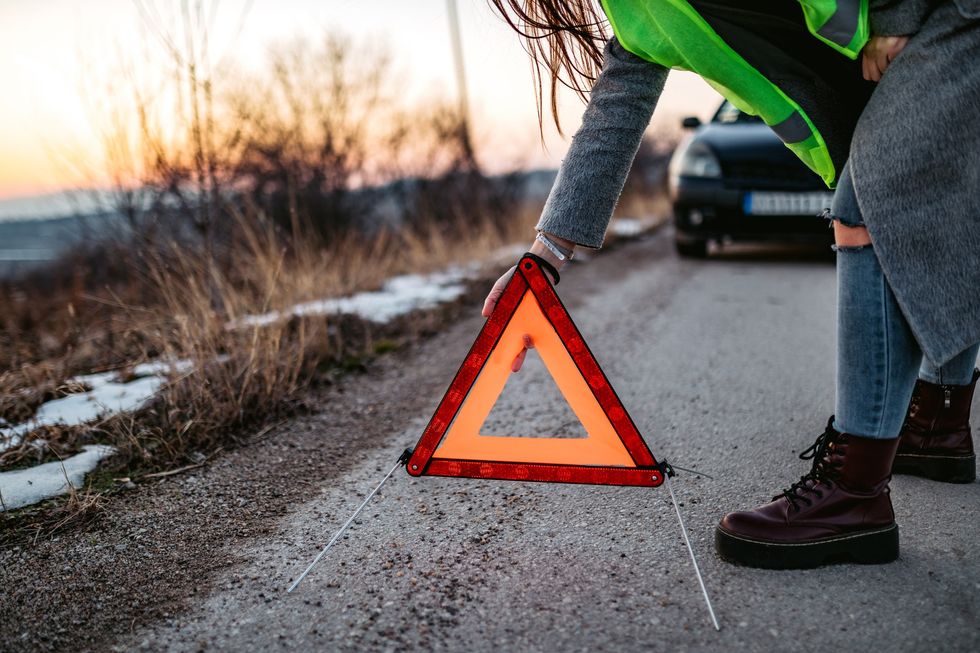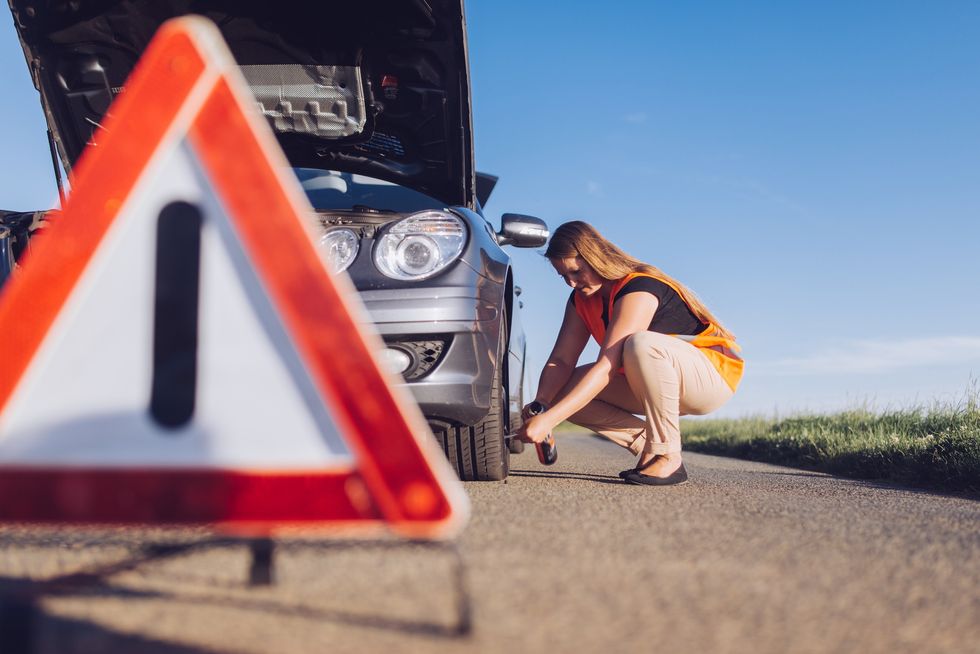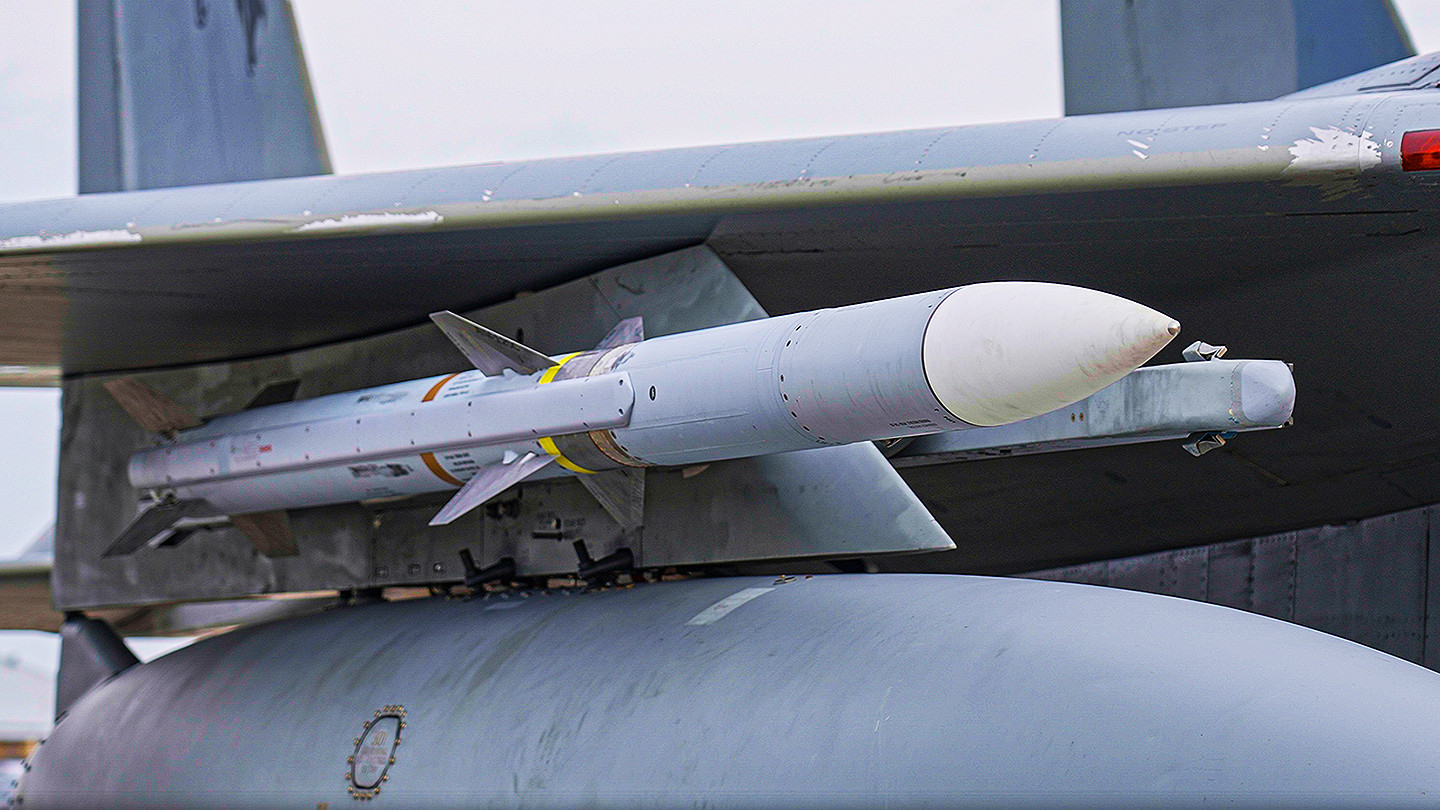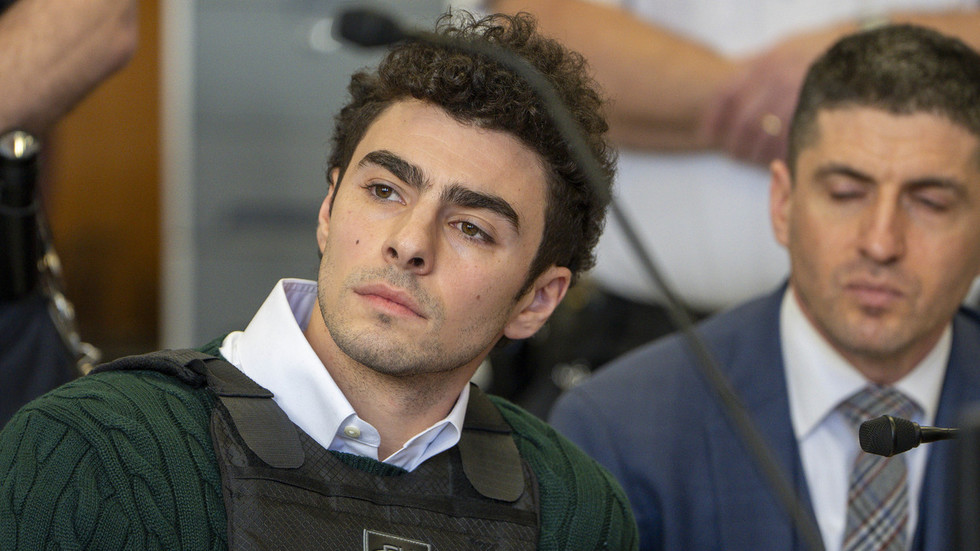A shocking new report has revealed concerning gaps in driver knowledge about what to do during vehicle breakdowns, which could potentially put lives at risk on UK roads.
The research found that 13 per cent of drivers would place a warning triangle directly next to their vehicle on a motorway, despite this being extremely dangerous.
A further 41 per cent revealed they would position a triangle 45 metres behind their vehicle, which would involve stepping into live traffic, which safety experts have strongly advised against.
The survey highlighted significant differences in safety behaviours across various road types, with drivers showing varying levels of awareness depending on whether they break down on motorways, dual carriageways, country roads or in car parks.
Do you have a story you'd like to share? Get in touch by emailing[email protected]
The AA has advised not to put warning triangles directly behind their vehicles
GETTY
The AA warned that knowledge gaps can have potentially "life-threatening consequences" if incorrect actions are taken during breakdown situations.
On regular motorways, 92 per cent of drivers said they would activate their hazard lights during a breakdown, compared to just 85 per cent on smart motorways.
This gap is particularly concerning given the increased dangers posed by live traffic lanes on smart motorways, which lack hard shoulders for drivers to stop safely on. Similarly, 92 per cent of drivers said they would call for assistance on regular motorways compared to 82 per cent on smart motorways, despite reporting a breakdown being critical in both scenarios.
The survey revealed that 88 per cent of drivers would use a hard shoulder on regular motorways, but only 47 per cent would attempt similar actions on smart motorways.
When it comes to personal safety, 83 per cent would exit their vehicle on regular motorways, compared to 76 per cent on smart motorways.
The AA advised drivers to pull over as far left as possible, turn their wheels left, activate hazard lights, and wait behind a barrier upstream of traffic when safe to exit the vehicle.
On dual carriageways, almost all UK drivers (93 per cent) would call their breakdown provider as their priority when experiencing a breakdown.
Hazard lights were considered crucial for warning other drivers of a stationary vehicle, with 89 per cent of respondents recognising this importance.
Drivers would be less likely to stop on a smart motorway than normal ones with hard shoulders
GETTY
When looking at warning triangles, 38 per cent of drivers said they would use one if they had broken down on a country road. However, nearly half of these respondents (18 per cent) would place it directly next to their car, contrary to safety guidelines.

 By GB News (World News) | Created at 2025-03-31 05:01:09 | Updated at 2025-04-01 22:22:00
1 day ago
By GB News (World News) | Created at 2025-03-31 05:01:09 | Updated at 2025-04-01 22:22:00
1 day ago










